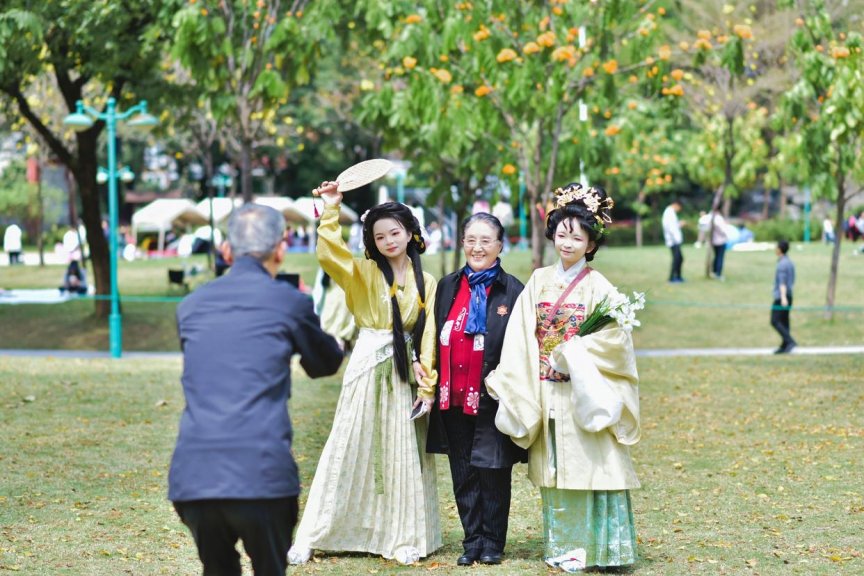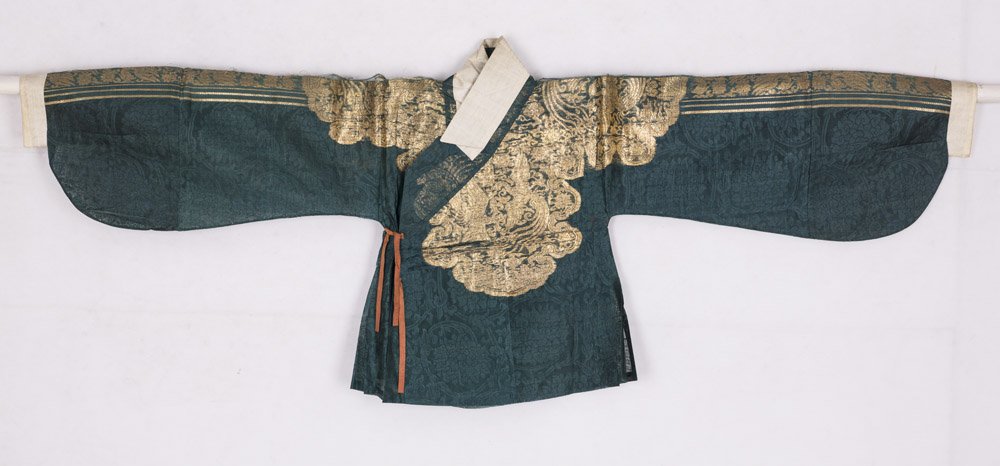Events
搜索结果:
5/22
-
AI International Creative Festival in Beijing
22:34 Author:MalisaAt the 2025 IAI International Creative Festival in Beijing, Li Zhiyao, Deputy County Governor of Caoxian, Shandong Province, unveiled staggering figures: Hanfu (traditional Chinese attire) sales in Caoxian surpassed 120 billion yuan ($16.6 billion) in 2024, capturing over 50% of China’s Hanfu market. Dubbed the “Universe Center” of China-chic, this once-obscure county now anchors a cultural-industrial revolution. Caoxian’s journey began modestly in 2009, when villagers like Ren Qingsheng pivoted from making theatrical costumes to Hanfu, capitalizing on e-commerce platforms like Taobao . By 2021, the county’s Hanfu sales hit 19 billion yuan, driven by affordable designs that democratized access to traditional attire. Today, its 2,000+ enterprises form a "5-kilometer ecosystem" integrating design, fabric innovation, and AI-driven manufacturing, supported by 87,000 online stores and 21,000 livestream hosts. Caoxian’s success lies in balancing tradition with modernity. While early products faced criticism for historical inaccuracies, the rise of "original Hanfu" — such as the viral Mamianqun (horse-face skirt) that generated 300 million yuan during 2024’s Spring Festival — reflects rigorous design upgrades. Local brands like Hu’s Hanfu Studio now hold 320 design patents, blending Ming Dynasty silhouettes with contemporary fabrics. Collaborations with historical dramas and scenic spots further embed Hanfu into daily life.…

3/14
-
Traditional Fashion · Mirroring Luoshan Qipao & Hanfu Event
20:24 Author:MalisaOn March 8, 2025, Luoshan County in Henan Province hosted the “Traditional Fashion · Mirroring Luoshan” cultural event, combining a grand qipao fashion show and Hanfu performances to celebrate International Women’s Day. Organized by the county’s cultural and tourism authorities alongside the Peony Art Troupe and Hanfu Association, the event highlighted traditional attire’s elegance and modern vitality. The centerpiece was a 100-person qipao catwalk, where models showcased intricately embroidered silk gowns, embodying the grace of Chinese femininity. This was followed by Hanfu displays featuring Tang Dynasty’s vibrant qixiong ruqun, Song-era minimalist beizi, and Ming-style dignified mamianqun, accompanied by traditional etiquette demonstrations. Performers blended dynamic movements with static poses, illustrating the philosophy of “Chinese attire embracing heaven and earth.” By merging heritage with contemporary aesthetics, the event celebrated women’s cultural contributions while promoting Luoshan’s local identity. Future plans include developing “Hanfu + tourism” and “qipao + intangible heritage” brands to deepen cultural-tourism integration. This initiative aims to position Luoshan as a hub for traditional fashion innovation, fostering sustainable engagement with China’s sartorial legacy.

8/29
-
The Elegance of Chinese Costume
10:00 Author:xiayangAncient China is called “Huaxia”, with “Hua” referring to the elegance of costume and “Xia” the greatness of etiquette. Following the development through the Zhou, Han, Tang and Song dynasties, the costume in the Ming dynasty had distinct Chinese cultural characteristics and was the epitome of Chinese apparel, which had a wide and profound impact on the costume and aesthetics of later dynasties and neighboring countries. The Ming Dynasty had fully restored the costume tradition, which had been inherited for thousands of years. Being magnificent and elegant, the Ming costume is the epitome of Chinese costume culture. Ceremonial court dress was usually worn by civil and military officials at formal and grand occasions such as court meetings. It consisted of court hat, red silk robe, white silk gauze shirt, knee-covering,silk belt, leather belt, etc. Normal court dress, well-known to all, was a symbol of the Ming Dynasty costume, for example, the red silk gauze round-collar robe with subtle pattern and square patches embroidered with cloud and crane design, black silk gauze hat and so on. Festive dress was worn by officials on various festive occasions and in some ceremonial activities. The yellowish-brown linen pleated robe with Feiyu design, woman’s…Original link
